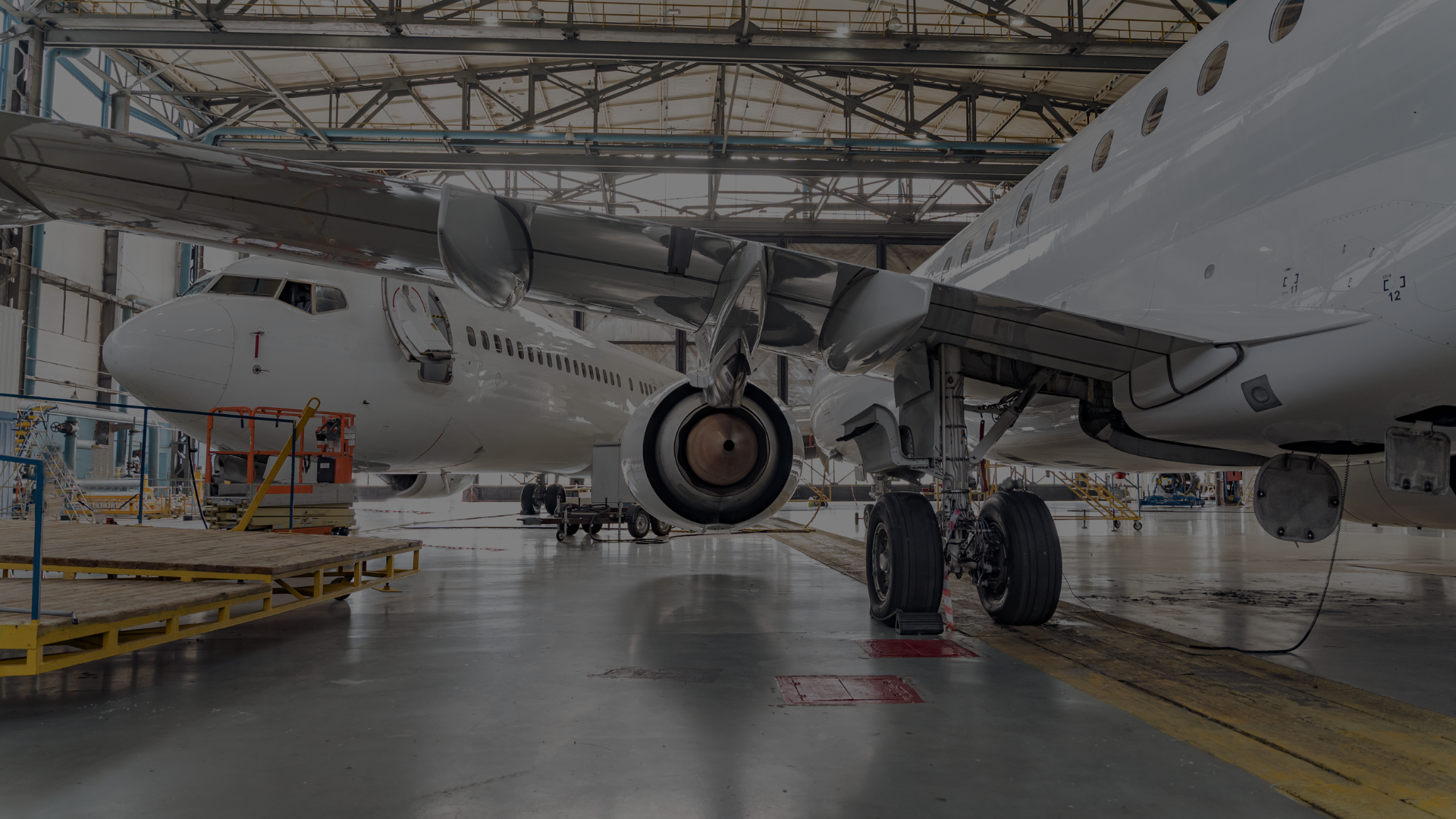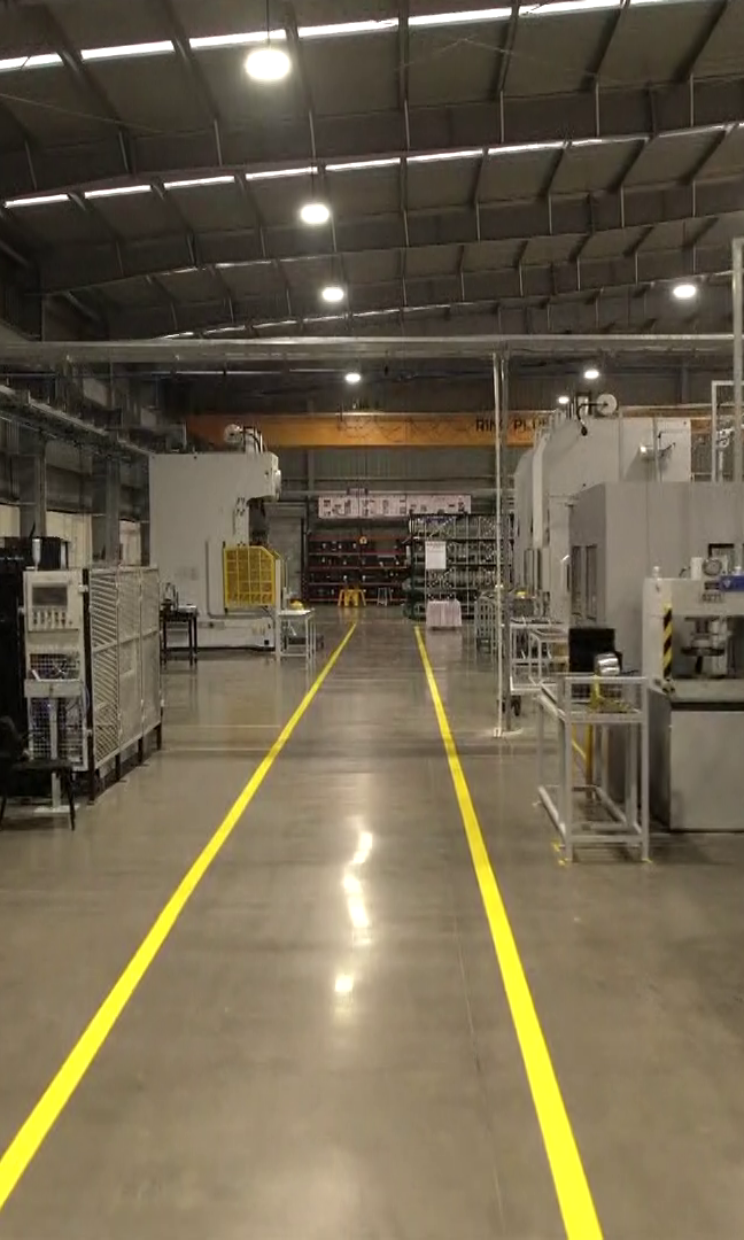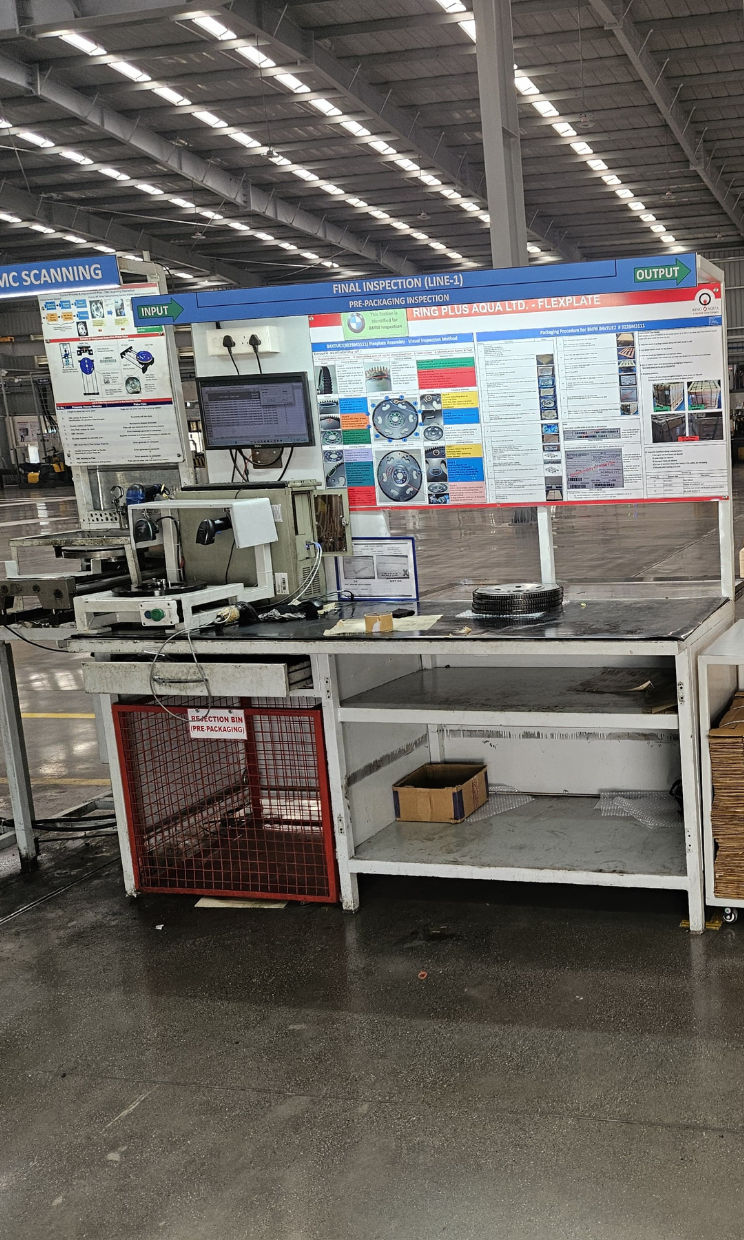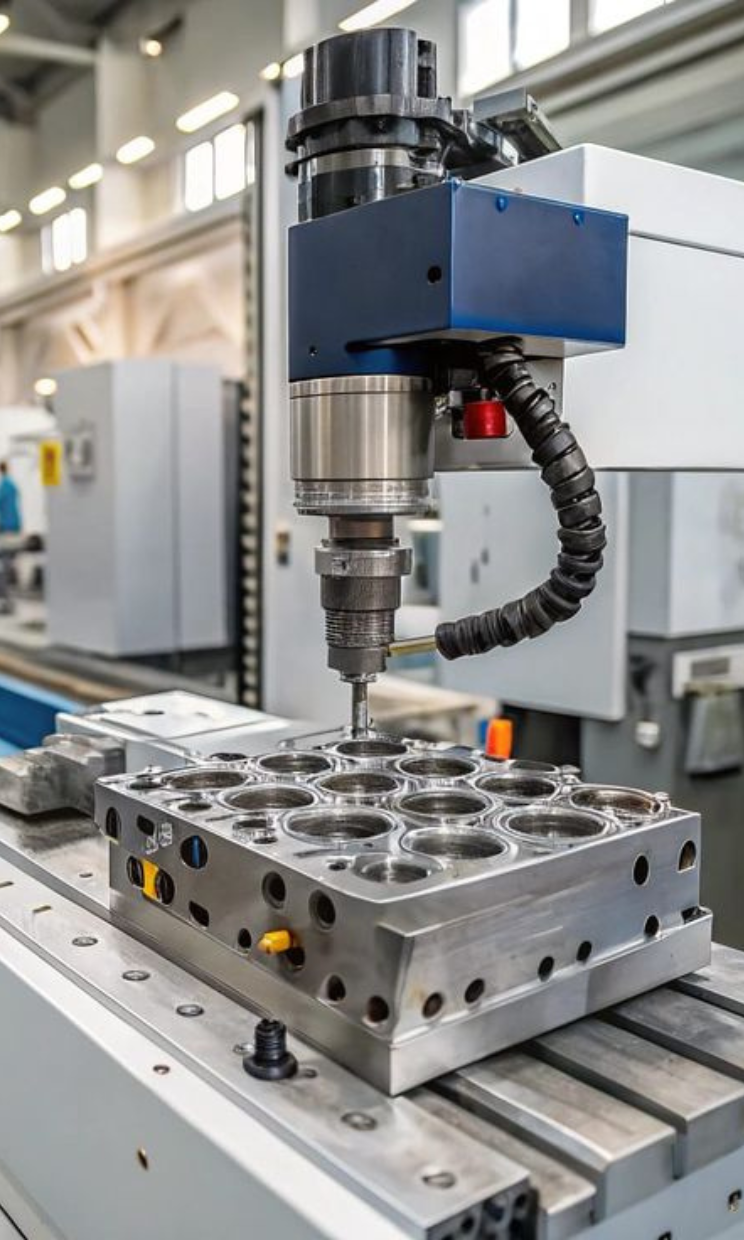Global Aerospace Supply Chain 4.0 – What Tier 1 Suppliers Must Know
In an industry that defines precision and performance, the aerospace supply chain is undergoing its most radical transformation in decades. As global OEMs push the boundaries of innovation and efficiency, Tier 1 suppliers are under increasing pressure to evolve—not just with better processes, but with smarter, faster, and more sustainable systems.
Welcome to Supply Chain 4.0—where digital convergence, resilience, traceability, and ESG accountability converge to form the future of aerospace manufacturing.
This blog dives into the key aspects Tier 1 suppliers must understand, adapt to, and lead in to remain competitive and trusted in a globalized aerospace ecosystem.
1. From Linear to Digital-Integrated: Rethinking the Traditional Model
Aerospace supply chains have traditionally followed a linear, functionally siloed model—from design to machining, assembly, QA, and delivery. But in Supply Chain 4.0, the lines blur. Real-time data, digital twins, and integrated PLM (Product Lifecycle Management) are enabling suppliers to move toward collaborative, circular value chains.
Tier 1 suppliers must now integrate:
- IoT-enabled shop floors with cloud-based analytics
- SAP S/4HANA or ERP systems for end-to-end transparency
- Digital twins and simulation tools (e.g., Vericut, Siemens NX) for design-to-manufacturing alignment
Insight: Integration isn’t optional—it’s foundational. OEMs are prioritizing suppliers who can offer full digital traceability, real-time performance data, and interoperability.
2. Globalization Meets Geo-Political Risk: The Case for Supply Chain Resilience
From semiconductor shortages to war-time disruptions, the past few years have taught aerospace OEMs a harsh truth: efficiency cannot come at the cost of resilience.
Tier 1 suppliers must:
- Build multi-source procurement strategies
- Invest in localization and near-shoring capabilities
- Establish redundancy in critical processes and parts
- Use AI and predictive analytics for demand and risk forecasting
Example: Many OEMs are shifting contracts to suppliers who can show scenario planning models, supplier diversity, and disaster recovery protocols.
3. Compliance and Certification as a Competitive Differentiator
NADCAP, AS9100, ISO 14001—certifications are no longer just about compliance. They are markers of process maturity, data readiness, and supplier credibility.
What Tier 1 suppliers must do:
- Maintain live audit dashboards for QA/QC processes
- Align with customer-specific traceability and documentation standards
- Embrace digital documentation systems to accelerate PPAP and FAI approvals
Competitive Edge: Digitally matured suppliers are shortening product qualification cycles and reduction in cost of quality (COQ), both of which appeal to cost-sensitive, time-bound OEM programs.
4. ESG and Sustainability: The New Global Mandate
Environmental and social governance (ESG) is no longer a checkbox—it’s a procurement criterion. OEMs are being evaluated on their Scope 3 emissions, and Tier 1 suppliers fall directly within that scope.
What Tier 1 suppliers must adopt:
- Carbon footprint reporting and reduction plans (e.g., ISO 14001)
- Use of recycled raw materials and waste minimization
- Workforce inclusion and safety metrics
- Digital ESG dashboards to report real-time impact
Emerging Trend: Sustainable suppliers are now being given preferred vendor status across global RFQs.
5. Supplier Collaboration: From Vendor to Strategic Partner
Supply Chain 4.0 demands not just speed—but smart, collaborative agility.
- Co-designing products with OEMs using shared 3D models and virtual prototypes
- Sharing shop floor and supply data for real-time updates on capacity and risk
- Participating in joint improvement programs and innovation partnerships
What’s Changing: Tier 1s are now being measured on their collaboration quotient, not just delivery timelines. Strategic alignment is key.
How JK Maini Is Adapting to Supply Chain 4.0
At JK Maini Global Aerospace, we’ve already begun reengineering our supply chain infrastructure with the future in mind:
- IoT-enabled shop floors with real-time monitoring
- Full ERP integration via SAP S/4HANA
- Digital twin workflows for design validation
- Active ESG roadmap till 2030, ISO 14001 certified
- NADCAP accreditation in NDT and welding
- A dedicated NPD Cell and 24/6 operation model for faster turnarounds
We understand that Tier 1 status is earned through capability, compliance, and commitment—and we are proud to be leading the way for Indian aerospace on the global stage.
Conclusion: Tier 1 is No Longer About Just Tiering Up—It’s About Leveling Up
In Supply Chain 4.0, the differentiators are clear: digitization, sustainability, transparency, and strategic agility.
Tier 1 suppliers must become enablers of OEM vision—not just executors of specs. The future belongs to those who can engineer precision with resilience, deliver performance with accountability, and scale with sustainability.
Want to learn how JK Maini can support your next-gen aerospace programs?
👉 Talk to Our Experts



